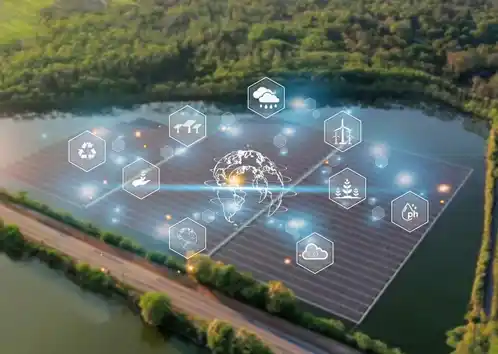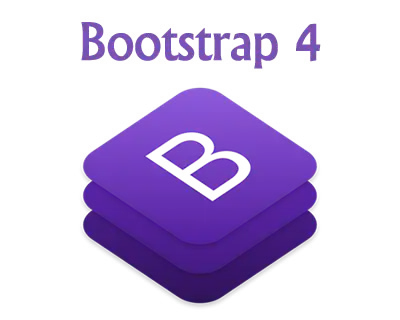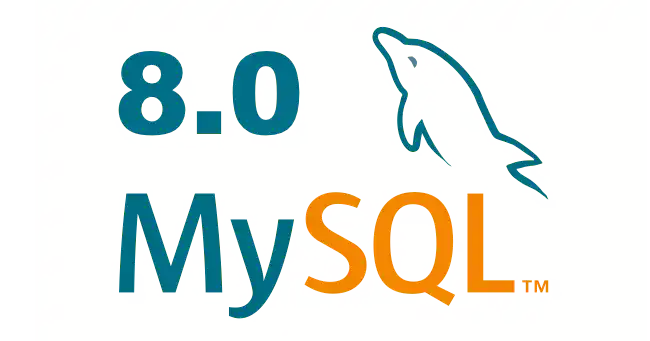


Background
In a pioneering effort to tackle climate challenges, Elogix partnered with Deloitte under the Foreign, Commonwealth & Development Office (FCDO), UK's technical assistance program for Smart Urban Development in Indian States (SMUDI). Together, they created the Unified Climate Monitoring Analytics Dashboard for the Chandigarh government. This innovative platform uses data intelligence to help various governmental departments in Chandigarh to monitor, analyze, and improve their climate action plans.


Problem Statement
The project aimed to address several complex challenges:
Data Fragmentation: Different departments collected data on 37 climate-related indicators, resulting in fragmented information silos. This made it difficult to have a unified view of climate data.
Manual Processes: Data collection, validation, and interpretation were done manually. These processes were not only time-consuming but also prone to errors. Manual work slowed down the ability to make quick, informed decisions.
Data Collection: Track & Collecting and tracking historical data from multiple government departments, often stored in physical files and disks, seemed like an impossible task. The disorganized storage made it hard to retrieve important information.
Collaboration and Standardisation: Coordinating efforts across various departments in real-time was challenging. Providing standardized reports across multiple indicators was equally difficult without a unified system.
Data-Driven Actions: There was a need for an organized method to use data effectively for making informed decisions and taking effective climate measures. Without a streamlined approach, it was hard to implement data-driven actions.
Solution

Centralized
The solution was a centralized dashboard accessible to 12 departments and agencies. This dashboard provided a consolidated view of all 37 indicators with specific access rights for each department, ensuring that everyone had the information they needed.

Automation
The platform included a four-tiered structure with automated processes for Data Coordinators, Nodal Officers, the Climate Change Cell, and the Monitoring Committee. Automation made data collection, validation, analysis, and action more efficient and less prone to error.

User-based Access
By allowing Data Coordinators and Nodal Officers to access relevant modules, the platform ensured that those responsible for data could contribute to its accuracy. This user-based access improved the reliability of the data being used.

Reporting
The dashboard offered data visualization through charts and graphs. It also allowed for data collection and reporting over specific periods. This made it easier to track progress and identify trends in climate data.

Evidence-Based Decision Making
With prescriptive and descriptive analytics, the platform translated raw data into actionable insights. This enabled informed decision-making, turning data into a powerful tool for climate action.

Scalability
The platform was designed to scale. It could add new indicators, departments, and users as needed, accommodating changing requirements and increasing data availability. This flexibility made it future-proof.
The Chandigarh Climate Monitor Dashboard showcases the transformative power of technology in climate governance. This unique platform aids the Government of India in its mission to create climate-resilient smart cities through seamless collaboration, automation, and uniform reporting. By turning data into actionable information, the dashboard paves the way for sustainable urban development and a climate-smart future.The dashboard's ability to provide a centralized view of climate data, automate manual processes, and enable evidence-based decision-making exemplifies its revolutionary impact. It stands as a model for other cities aiming to enhance their climate resilience through smart technology and efficient data management.In conclusion, the Unified Climate Monitoring Analytics Dashboard is a significant step forward in climate governance. It addresses the critical challenges of data fragmentation, manual processes, and lack of coordination. By offering a scalable, automated, and user-friendly platform, it helps governmental departments in Chandigarh to make informed decisions and take effective climate actions. This innovative solution highlights the importance of using technology to create a sustainable and climate-resilient future.

















